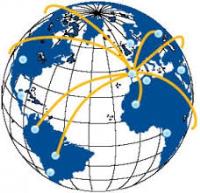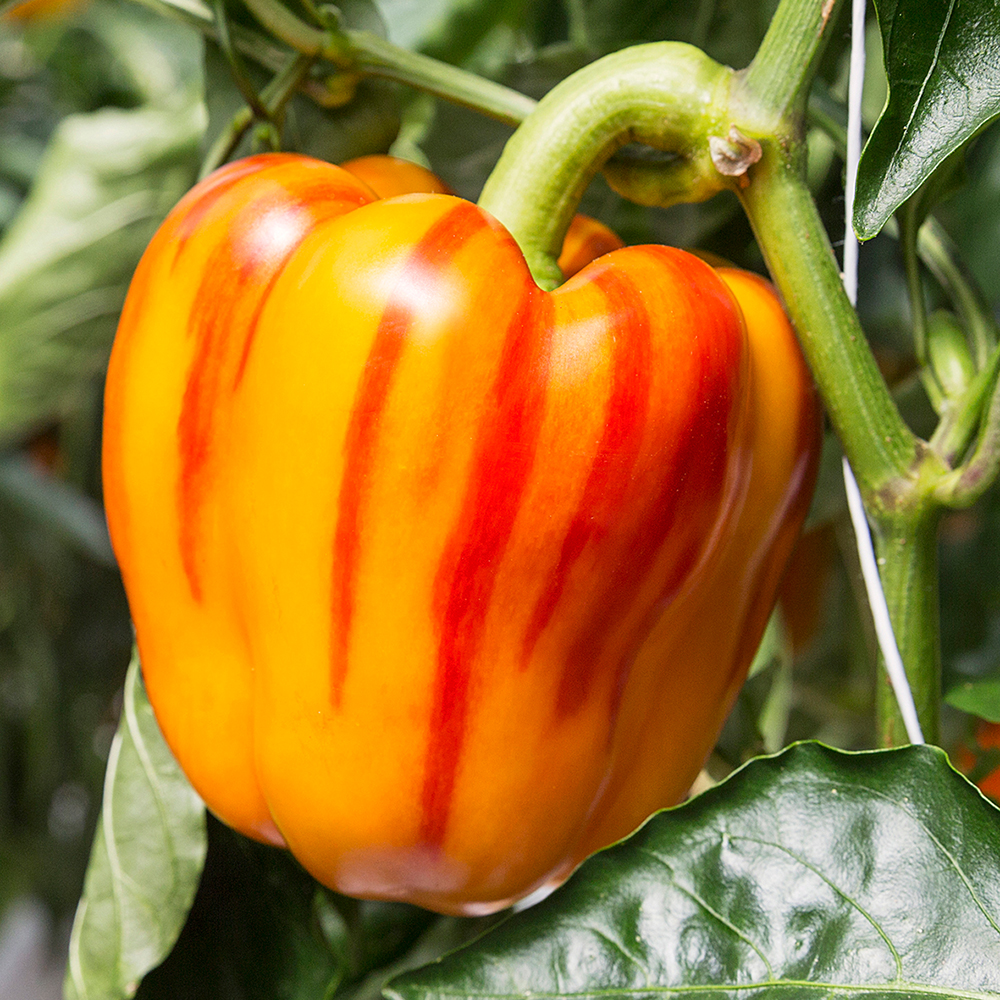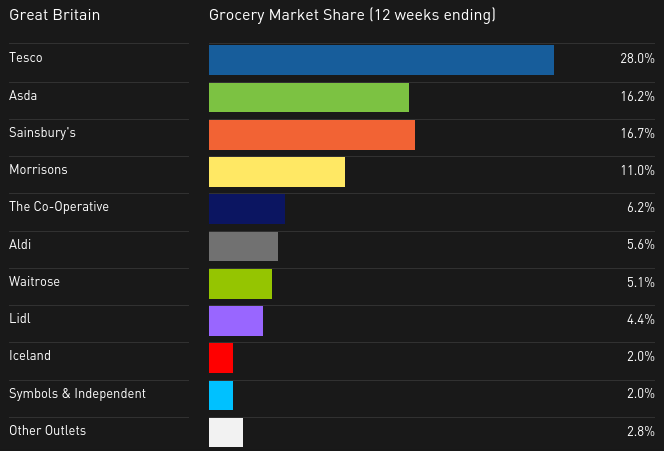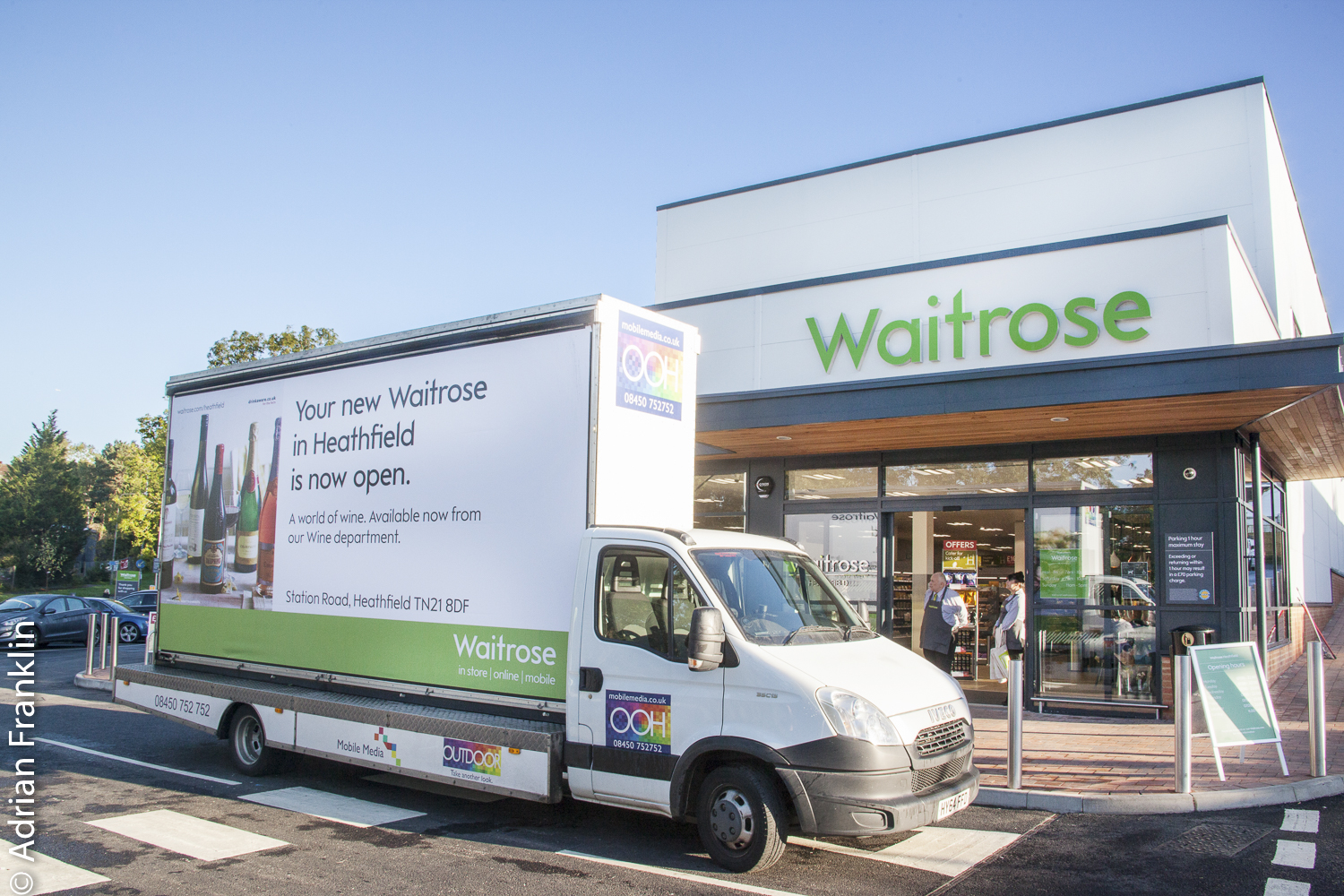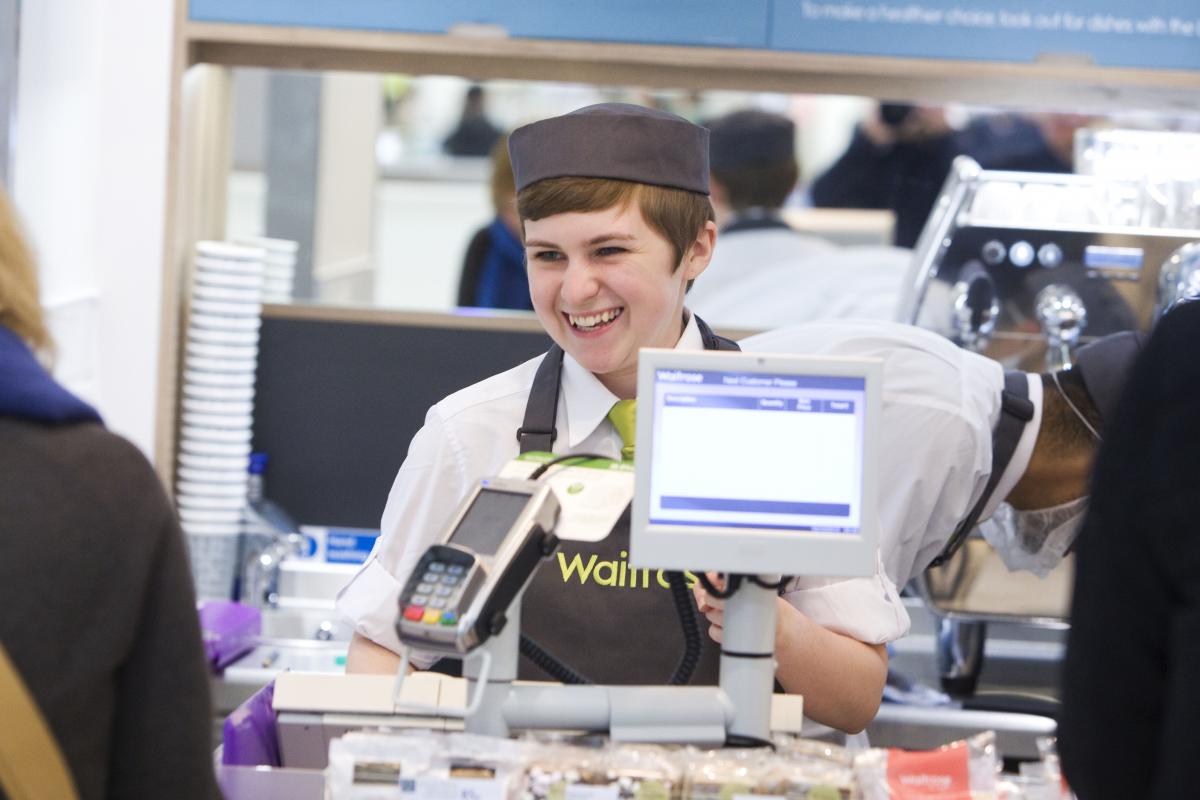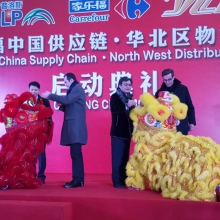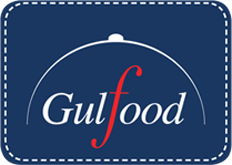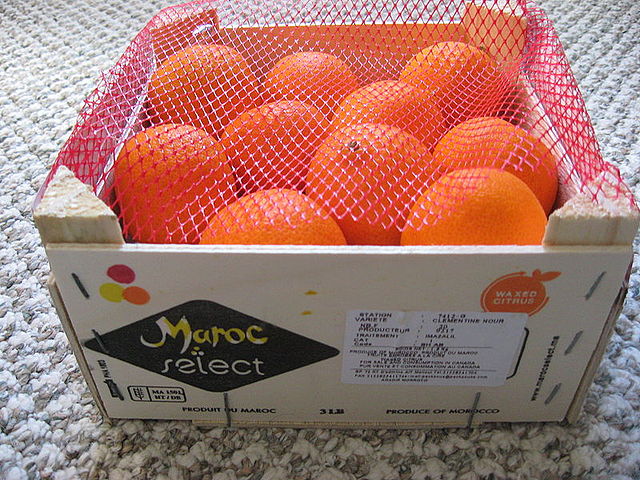
Rejuvenation of citrus orchards, improved irrigation, and increases in harvested areas are big factors in expected increases in Morocco’s citrus output and exports for the 2015/16 marketing year.
And the country’s citrus exports are also set to rise, mostly due to high demand in Russia market, as tensions mount between Moscow and Ankara, the USDA says in its 2015 Morocco Citrus Annual Report.
“The Moroccan citrus industry is planning to continue its strong focus on the Russian market this season, but warns coordination will be needed to avoid poor prices,” the report says.
The USDA post in Morocco forecasts a 5% upturn on the previous year for the country’s orange production for a total of 918,120 tons from a planted area of about 55,804 ha. It anticipates orange exports of about 135,000 tons.
Tangerine/mandarin exports are in line for a 10% boost to about 380,800 tons on the back of a 5% production increase to 1,055,241 tons from 62,181 ha.
Exports of lemons and limes should come in at about 7,200 tons. Morocco’s lemon and lime production is forecast to expand 8% to 35,500 tons on a planted area of 3,750 ha.

Source: USDA GAIN 2015 Morocco Citrus Annual Report
Image of box of Maroc brand clementines sold in Canada: “يوسفي مغربي” by عمرو بن كلثوم – Own work. Licensed under LGPL via Commons

